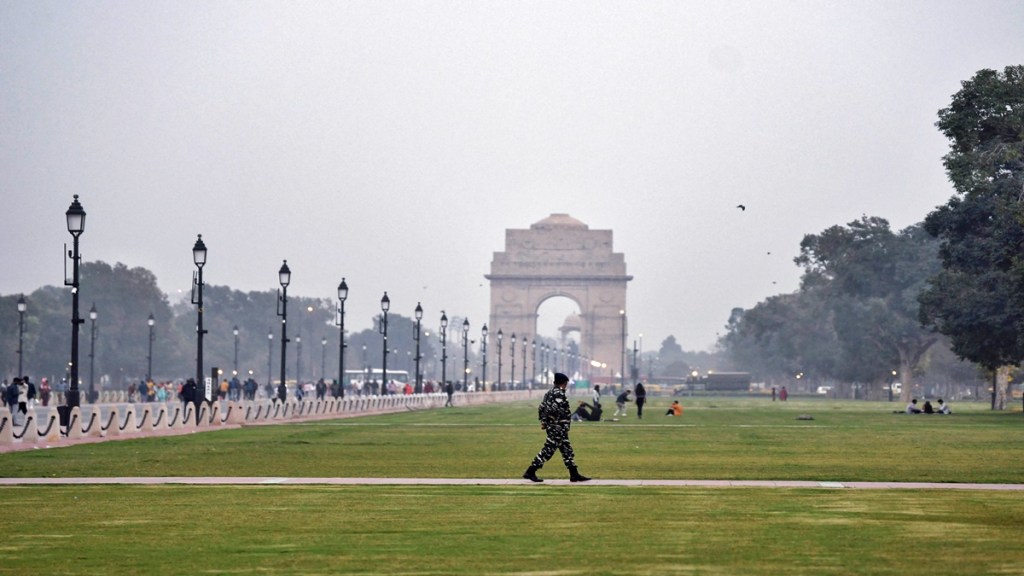Delhiites woke up to breathe a little easier as the air quality jumped to the ‘poor’ category in the national capital on Wednesday morning following light rainfall on Monday, improving the air quality in the following days.
At 7 am, the air quality was recorded in the ‘poor’ category, with an AQI of 260 in Alipur and 288 in Ashok Vihar, as per official data.
Specific areas, such as the ITO region (AQI 381 – ‘very poor’) and Aya Nagar (AQI 184 – ‘moderate’), experienced varied air quality. Similarly, the Indira Gandhi International Airport (T3) logged an AQI of 232, placing it in the ‘poor’ category.
Also Read:Delhi gets brief relief as rain improves air quality slightly, AQI at 365
Monday’s rainfall provided a respite after days of toxic air, improving air quality due to favorable wind speeds influenced by a western disturbance in northwest India.
However, despite the improvement in air quality, Delhi’s Environment Minister Gopal Rai on Tuesday advised citizens to remain cautious. He recalled how a few days back, the air quality surged to the ‘severe’ category. Although Monday’s rain improved pollution, fluctuations will persist.
Also Read:Delhi air quality still ‘very poor’, AQI at 385
He requested residents of Delhi and NCR region to stay alert. Rai further mentioned that stubble burning in Punjab stopped, but activities in the NCR region are currently significantly impacting pollution.
He noted that despite the halt in stubble burning in Punjab, due to the wedding season vehicle pollution is increasing. There has been a multiple-fold increase in vehicle movement during the night. Activities in the NCR region are also making a considerable impact. He added that although there’s improvement, people should remain vigilant. The monitoring of GRAP III is ongoing strictly.
What is the Air Quality Index (AQI)?
The Air Quality Index (AQI) is a vital tool for effectively communicating air quality status to the public in an easily understandable manner. It consists of six AQI categories: Good, Satisfactory, Moderately Polluted, Poor, Very Poor, and Severe.
Each category is determined based on the levels of ambient concentrations of air pollutants and their potential health impacts, known as health breakpoints. According to the AQI scale, air quality falls into the following ranges: 0 to 50 is ‘good,’ 51 to 100 is ‘satisfactory,’ 101 to 200 is ‘moderate,’ 201 to 300 is ‘poor,’ 301 to 400 is ‘very poor,’ and 401 to 450 is ‘severe’.

